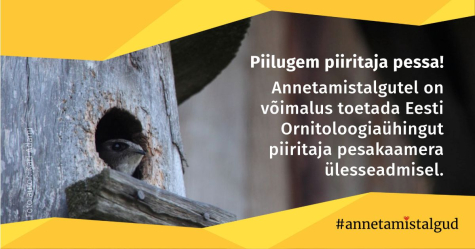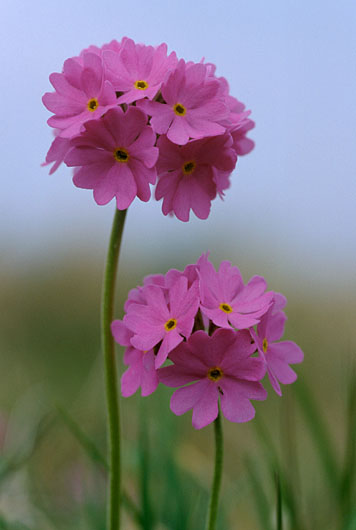Among the largest of our butterflies
Swallowtail Pääsusaba Papilio machaon
Truly one of our most beautiful day-flying butterflies. Large and eye-catching, the swallowtail is easily recognizable – its wing span is up to 8 ½ centimetres. On the hind wings we note the ”tails”, characteristic for swallowtails. However, we leave a detailed description of the butterfly to our readers – it isn’t difficult, try doing it!.
 Latest news
Latest news
 Loodusemees.ee - the day in pictures
Loodusemees.ee - the day in pictures Videos
Videos
 My Forest
My Forest





